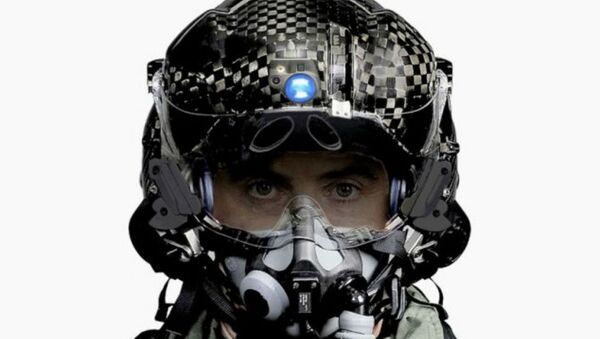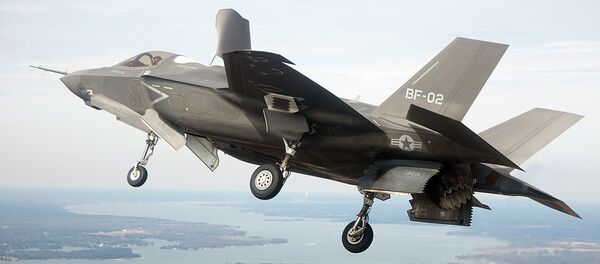The third version of the helmet, which will be introduced to the fleet in 2016, features an improved night-vision camera, improved liquid-crystal displays, automated alignment, and software improvements, IHS Jane's reported.
The helmet displays aircraft information via the helmet's visor. The pilot is able to "see through" the jet via jet's Distributed Aperture System, which streams real-time images from six infrared cameras mounted around the aircraft to the helmet.
"This is really cool technology," said Kelly Ortberg, Rockwell Collins president and CEO. "It's going to change the game in terms of how fighter jets are flown in the future."
Each helmet costs about $400,000, the Washington Post reported in April.
The Gen 1 helmet was used primarily for flight safety tests, while the Gen 2 is currently in use by F35 pilots. The Gen 2 helmet was used by the Marine Corps when it declared initial operational capability (IOC) for the F-35B at the end of July.
The Gen 2 helmet, while still capable of conducting night-flying operations like ship landings and aerial refueling, suffers from problems with visual acuity of the secondary night-vision camera, IHS Jane's reported.
In light of these problems, BAE Systems was contracted to build an alternative HMDS, though this was cancelled in 2010 when the Marines decided that IOC could still be declared with the Gen 2 helmet. Though not ideal, the Gen 2 helmet is said to be preferable to conventional night-vision goggles when landing on a ship, according to the test pilots that have used it.
As well as providing additional capabilities, the latest Gen 3 helmet corrects the visual acuity problems of the Gen 2 system.




